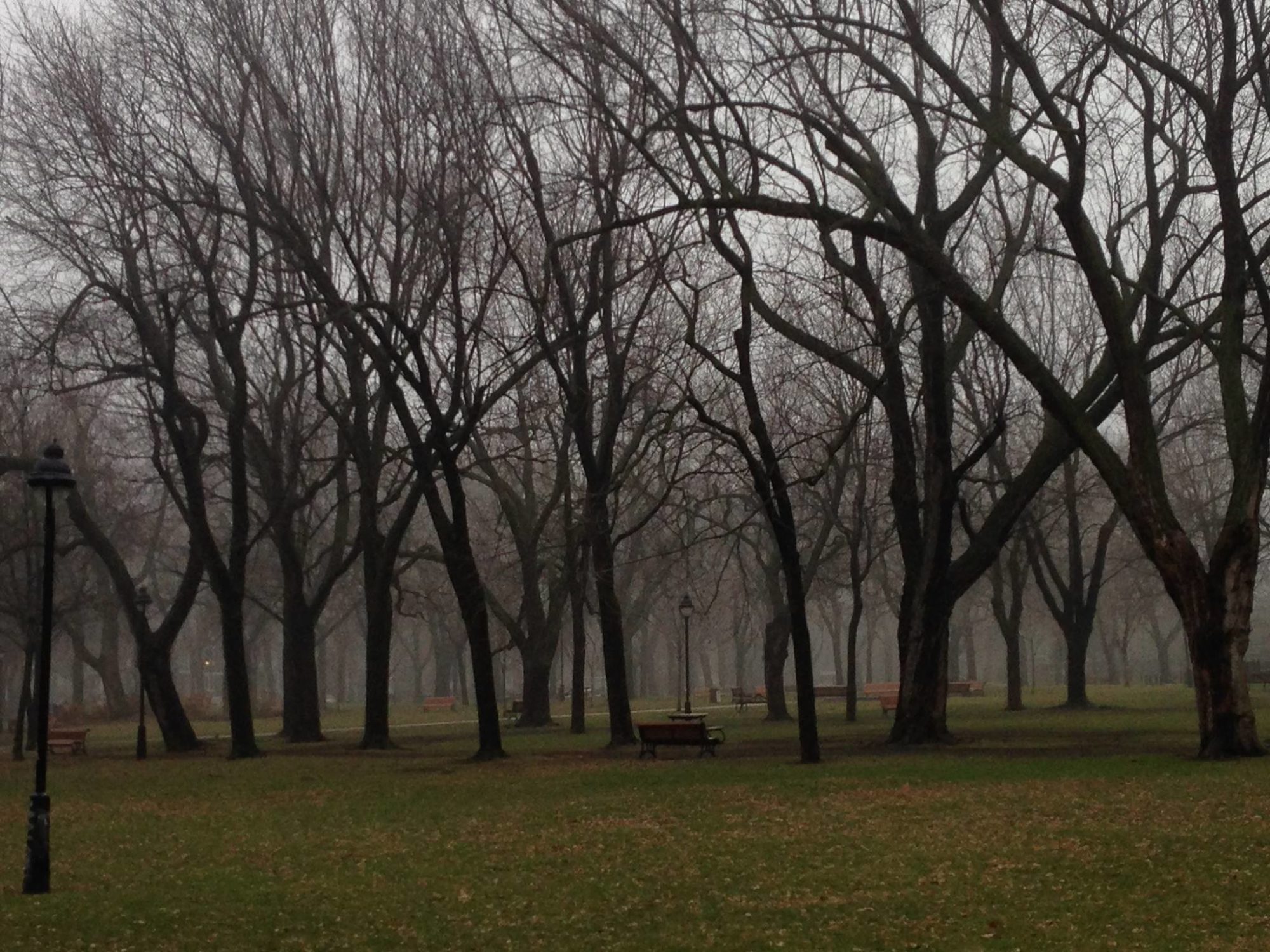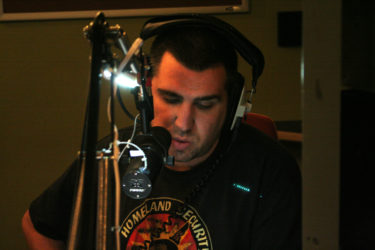The child welfare system in this country is problematic at best, but when children who already have strikes against them gets less services because of the color of their skin, then what is left to be done? That is the case for the First Nation Child and Family Caring Society (FNCFC), who launched a discrimination suit against the federal government for short-changing first nations children. First Nations children on reserve receive less child welfare funding than other children in Canada despite the fact that First Nations children have higher child welfare needs, repeated reports by the FNCFC have said.
In 2007 the FNCFC along with the Assembly of First Nations (AFN) filed a human rights complaint alleging that the Government of Canada is discriminating against First Nations children on the basis of race and national ethnic origin. Shirish Chotalia, Chair of the Canadian Human Rights Tribunal, dismissed the case on a preliminary motion brought by the Federal Government even though the Federal Government had tried, and failed, to get the case dismissed on similar grounds in Federal Court on two previous occasions. Executive Director Cindy Blackstock spoke with me over the phone about the case and what it means for the complaint now.
“Canada has been trying to get out of it facing a hearing on the facts, and the chair gave them that opportunity, she never considered the facts and ruled on a technicality,†said Chotalia. Which begs the question: where do they go from here? “The Canadian Human Rights Commission is on board and vows to keep fighting this,†Chotalia added. And that’s all they can do. In the end this will probably end up at the Supreme Court of Canada, where the Feds will fight tooth and nail not to accept responsibility for short-changing our youth. When I first read about this I felt sick to my stomach because it reminded me of the residential schools, this time not because of physical but financial abuse. Once again, Indian and Northern Affairs Canada (INAC) has proven that they don’t know how to do their jobs.
It seems to me that Canada’s history of harming first nations children is still alive and well. The decision has brought condemnation from first nations groups across the country. Chief Angus Toulouse from the Ontario Chiefs had this to say about the decision, “We’re talking about our children that are most vulnerable, that they [should be] taken care of properly, yet the ruling tells me that the government and the court system is willing to discriminate against our children.” That is at the heart of the matter: legal discrimination against children… didn’t the government just apologize for harming first nations children (see: apology for residential schools)?
I’ve watching politicians for several years now and the thing that bugs me the most is the consistent refusal to accept responsibility for what they have done. This matter would be easily resolved if INAC would work to correct the problem instead of making excuses and playing the blame game. This country would move more smoothly if our leaders would just sit down and work out the problems. With that, here is a critique of the official opposition!
In this election the Liberals have promised a great many things. Things like proper health care, commitments to a national task force for missing and murdered native women, re-funding of the SIS, and bringing the chiefs and provincial leaders back to the table to reconstitute the Kelowna accord. “The Kelowna accord was a process, the first time Federal, Provincial and Aboriginal leaders sat together around a table on the basis of equality. We will make commitments on health, on education, and housing and those remain the issues that have to be fixed in aboriginal Canada,” said Ignatieff when I asked him about it on March (listen to the full interview on The Longhouse). He went on to talk about the need to bring people back to the table to address the issues facing first nations in Canada. I haven’t decided yet who I will vote for but when it comes to the Federal parties, the Grits seem to be the only party that can unseat the Conservatives. A recent Nanos poll showed that the Conservatives’ comfortable lead has dwindled since the announcement of the election. It could become a real race if Ignatieff does well during the two debates. Canadians will just have to wait and see…

